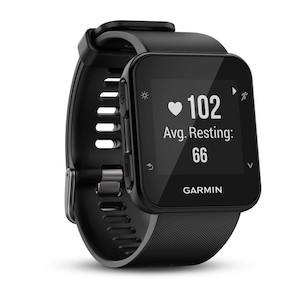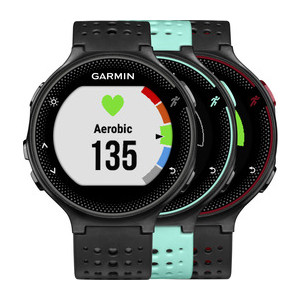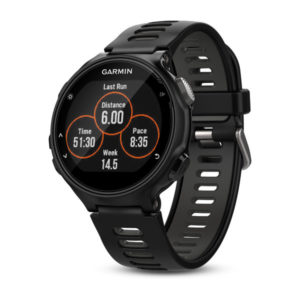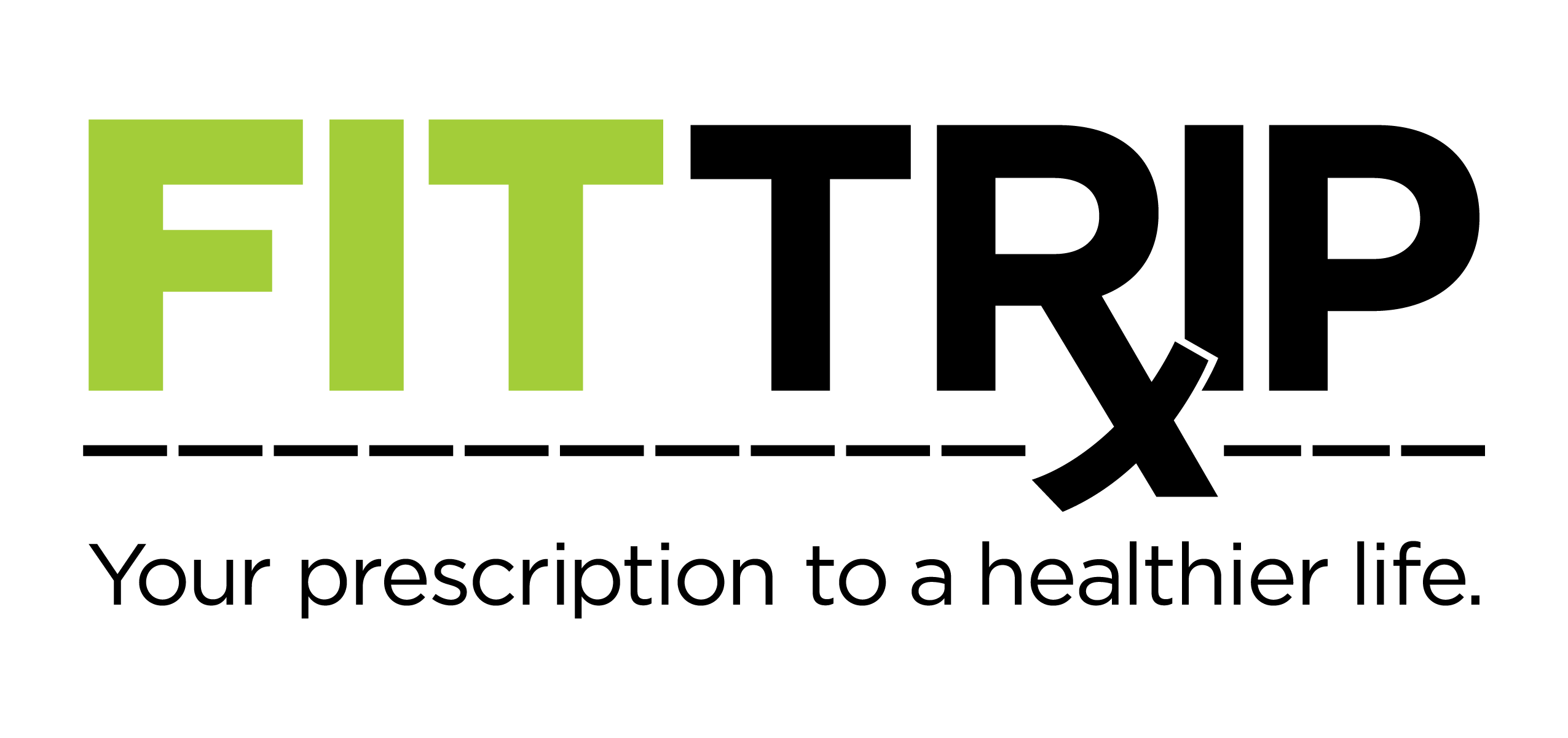What to Look for in a GPS Watch
Today’s contribution is from Big Peach Running Co.
Nothing can be as intimidating as buying a GPS running watch. These days there are so many options in features and brands, that researching those features and why they’re important are enough to make your head spin.Do I need those features? Will they make me a better runner? How much should I spend? I already have a GPS running watch, should I upgrade to a new version? These are all great questions and we hope to answer them for you right here.
At Big Peach Running Co. we only carry Garmin GPS watches. Why just one brand? Garmin has been the leader in GPS running watches, probably because they were one of the first to make running specific watches that had GPS technology, but we also think it has to do with their reliability and customer service.
Not everyone needs a GPS running watch. For decades, a simple watch with a timer/chronograph was sufficient for logging your times if you wanted to keep track of your runs. If you run the same route frequently, a timer is all you need to determine if you’re improving your run times. Most of us, want to know a bit more than time and we like to run different courses or parts of town, so having a way of tracking distance and time conveniently on your wrist is worth the investment.
What features do you need? Most runners starting out will only need 4 features – Time, Distance, Current Pace & Average Pace. So if you’re looking at purchasing a GPS watch, that may be all the features you need right now, but what about the future. If you feel like you’re going to really jump in and take running seriously, then you should consider additional features. We recommend not purchasing a watch with features you need today, instead buy the watch that you’ll need in the future. If you start off with a basic watch and spend $150 today, but next year you’re interested in training with Heart Rate, meaning a new watch for an additional $250. You’ve now spent $400 in the course of a year. It probably would’ve been better to get the $250 watch in the first place. Although it’s hard to predict what you’ll need or want a year from now, consider the additional features and determine if it makes sense to purchase a model with more features than you need right now.
THE ENTRY LEVEL GPS RUNNING WATCH AND BEGINNER RUNNER
For that runner that’s just getting started, the Garmin Forerunner 35 is a great option starting at $199.99. The benefits of this model are the abundance of features at this price point. It’s easy to use and navigating through the menu doesn’t require you to read the manual from cover to cover to get started. This model’s features include Distance, Pace, and Calories, alerts, menu customization and now includes heart rate from the wrist. These days, all GPS watches include the ability to pair with our phone and receive “Smart Notifications” through Bluetooth connectivity. The Garmin Forerunner 35 also serves a regular watch and Activity Tracker that counts your steps throughout the day.
Training with Heart Rate Zones
THE EVERYDAY & ESTABLISHED RUNNER
This is the runner that runs on a regular basis, is consistent with their training (typically following a training plan) and puts races on the calendar. This individual will be looking for more features to help improve their running and achieve better results due to their training. There are several options available to these individuals and price point starts at $250 – $350.
The Garmin Forerunner 230 includes your basic features found in the Forerunner 35 but adds estimated VO2Max (with HR chest strap) and Connected Features that include the ability to set up Live Tracking. This feature allows you to set up a page that shows your route live, allowing a loved one to track you during your run, providing some peace of mind if you’re out on a run by yourself. Another “Connected Feature” is brand new and that’s Audio Prompts. Using the Garmin Connect Mobile app, you can use your smartphone to play Audio Alerts including lap number, lap time, pace, speed and heart rate data. It also allows you to control your music, allowing you to Play/Pause, Skip Next, & control volume on your phone. These are all nice features that any runner would enjoy, the features that really stand out for training is having the ability to customize your Data Fields, allowing you to see the data you need to see quickly, but also allows you to see additional data that isn’t available at lower priced models. The Garmin Forerunner 230 also has a built-in Accelerometer that you can use when running indoors, allowing you to get the same data that you’d get with GPS outdoors.
 One of the most highly sought out features, wrist-based heart rate monitor is available on the Garmin Forerunner 235. The optical sensors on the back of the watch measure heart rate without the need for a chest strap, that many, both men and women find uncomfortable. The optical sensors also measure heart rate throughout the day, providing, even more, data including high & low heart rate as well as resting heart rate. The convenience of eliminating the chest strap and going with the wrist-based heart rate brings the price of the Garmin forerunner 235 to $329.99.
One of the most highly sought out features, wrist-based heart rate monitor is available on the Garmin Forerunner 235. The optical sensors on the back of the watch measure heart rate without the need for a chest strap, that many, both men and women find uncomfortable. The optical sensors also measure heart rate throughout the day, providing, even more, data including high & low heart rate as well as resting heart rate. The convenience of eliminating the chest strap and going with the wrist-based heart rate brings the price of the Garmin forerunner 235 to $329.99.
THE ADVANCED RUNNER
The Garmin Forerunner 630 at $399.99 adds features for the runner looking to significantly improve their performance by focusing on running efficiently. This model adds Advanced Running Dynamics, which measures Vertical Oscillation, Ground Contact Time, Balance, Stride Length and Vertical Ratio. To be able to get the additional data, you have to use the higher end heart rate chest strap (also available bundled with the watch). Additional features include Stress Score, Performance Condition, Lactate Threshold, VO2Max and race predictor. If you’re not sure what any of these terms mean, then this is too much data for you. To really take advantage of all this data and use it for training purposes, you really need an experienced running coach that can take that data to design a training program for you.
 THE MULTI-SPORT ATHLETE
THE MULTI-SPORT ATHLETE
If you’re doing triathlons or considering getting into triathlons, you should consider the Garmin Forerunner 935($499.99) and the Garmin Forerunner 735XT($349.99). These are very similar products when you compare features as there are only a couple features that separate them making this a difficult choice except for the price. The Forerunner 935 is the latest release and offers everything a triathlete needs. Both offer wrist-based heart rate but the Forerunner 935 has a longer battery life, 24 hours in regular GPS mode and 50 hours in Ultratrac mode. So if you need longer battery life, the Forerunner 935 is the clear winner. If a long battery life isn’t as important and you’re more of a runner that also happens to do some cycling and swimming, the Forerunner 735 is a great option.
While there are still additional models that get into the $600+ range like the Fenix 5, the models covered here will be sufficient for 99% of all runners.
While it’s great to have data to see how much we have improved in our running, don’t become obsessed with the data. We’ve found that some of our best runs have been when we’ve forgotten our GPS running watch and enjoyed running in it’s purest form, being able to take in the sights and sounds through the neighborhood, with no worries about our speed, pace or distance. Running is supposed to be fun after all!
